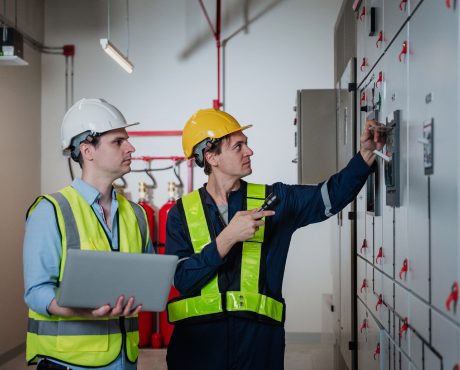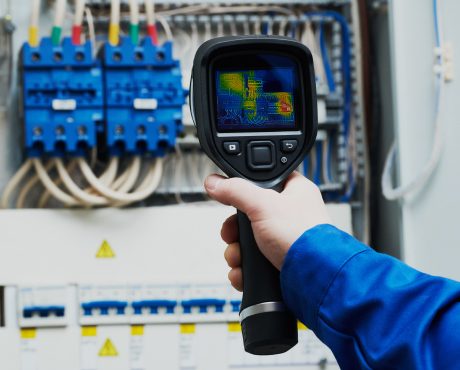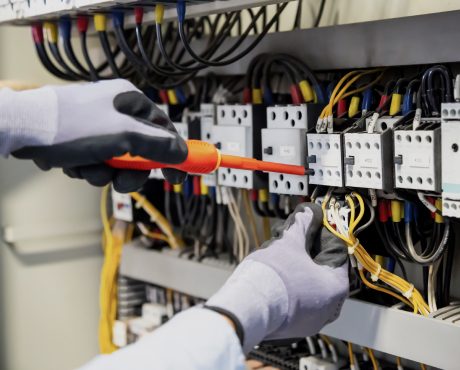What We DO In
Thermograph Scanning and Reporting Services
Thermograph scanning in electrical refrigeration employs thermal imaging technology to detect temperature variations in components, alerting technicians to issues like overheating or failed parts. This process involves capturing infrared images of equipment, analysing heat patterns and generating detailed reports to facilitate maintenance and repairs, ultimately enhancing system reliability and safety.
Thermograph scanning and reporting in electrical refrigeration involves using thermal imaging technology to detect and analyse temperature variations in electrical components of refrigeration systems. This process can alert a technician to various issues, such as a hot joint and even the absence of expected heat production, indicating things like failed drip tray or door heater. It will also allow the technicians to identify potential issues such as overheating, loose connections, or faulty components before they cause serious problems or system failures.
More about Scanning and Reporting Services
During a thermograph scan, infrared cameras capture images of the electrical equipment, highlighting areas of abnormal heat patterns. These images are then analysed and a detailed report is generated, outlining any identified issues and recommended actions for maintenance or repair.
Thermograph scanning helps improve the reliability, efficiency and safety of electrical refrigeration systems by detecting problems early and preventing costly downtime or damage.





